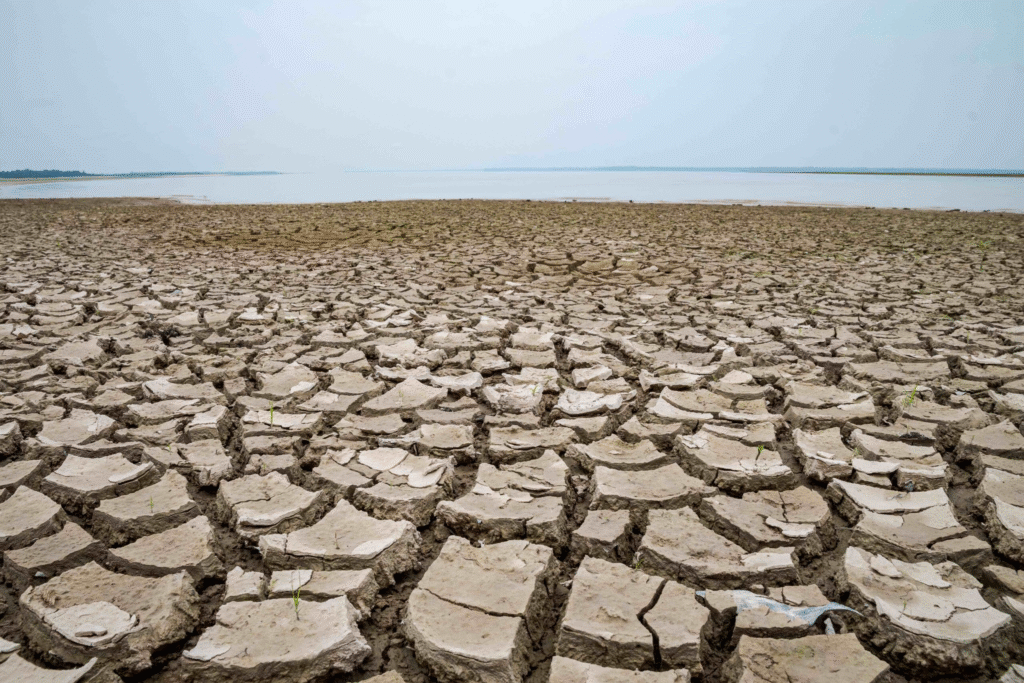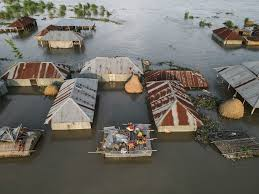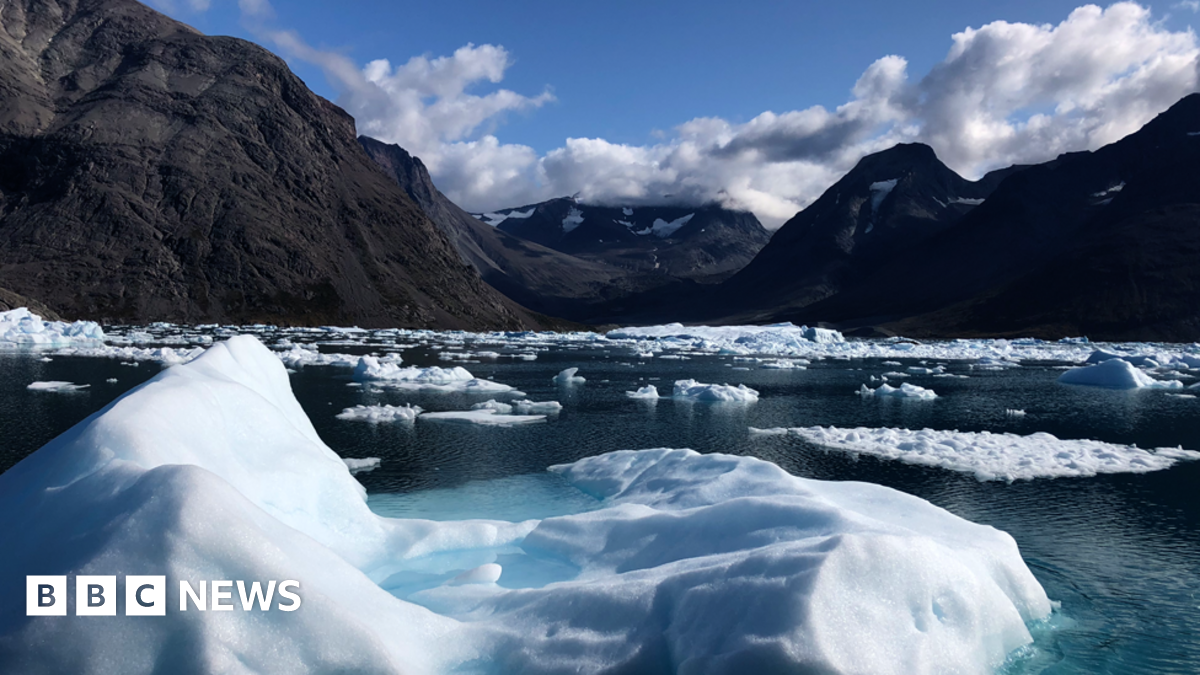Now Reading: Extreme Rains, Sudden Droughts: Climate’s Wild New Pattern Explained 2025
-
01
Extreme Rains, Sudden Droughts: Climate’s Wild New Pattern Explained 2025
Extreme Rains, Sudden Droughts: Climate’s Wild New Pattern Explained 2025

Rainfall is one of the most important parts of Earth’s climate system. It helps crops grow, fills rivers and lakes, and supports all living things. But today, scientists are warning us that precipitation patterns — the way, amount, and timing of rain or snow — are changing. These changes are happening because of global warming and climate change.
In many places, rainfall is becoming unpredictable. Some regions are seeing more heavy rain and floods, while others are struggling with long droughts and water shortages. These shifts are creating big challenges for farming, drinking water, and even our safety. Let’s explore why these precipitation patterns are changing, what the impacts are, and what we can do about it.
What Is Changing Precipitation?

Precipitation is any form of water that falls from the sky, including rain, snow, sleet, or hail. Changing precipitation patterns mean that rainfall does not follow the same patterns as before. It might rain more heavily in some areas, or snow might arrive later than usual in others.
Scientists have been tracking these patterns for many years. They have found clear evidence that climate change is affecting how, when, and where rain falls. Warmer air can hold more moisture, which can lead to heavier downpours. At the same time, some areas get less rain, creating drought conditions.
How Climate Change Drives This Shift
One of the main reasons precipitation is changing is global warming. When the atmosphere gets warmer, it can carry more water vapor. This means when it does rain, the rain can be much heavier.
Also, shifting weather patterns such as El Niño and La Niña are becoming stronger and more irregular. These natural weather cycles affect rainfall in many parts of the world, but climate change is making them less predictable.
In short, climate change is increasing extremes — stronger storms, longer droughts, and sudden floods.
Examples from Around the World
Let’s look at how these changes are happening in real life:
India – Monsoons are arriving earlier and bringing unpredictable amounts of rain, sometimes causing deadly floods.
Africa – Countries like Kenya and Ethiopia are facing repeated droughts, leading to food shortages and water crises.
United States – Parts of California are battling both historic droughts and unexpected flash floods.
Europe – More winter rain instead of snow is leading to flooding and disrupting farming.
These examples show how global these changes really are.
Why Changing Precipitation Is Dangerous
When rainfall patterns change, it puts pressure on communities, especially in poorer countries. Here are some of the main dangers:
Floods – When too much rain falls at once, rivers overflow and cities can be destroyed. People lose their homes and sometimes their lives.
Droughts – When there is too little rain, farmers cannot grow crops. People and animals go thirsty.
Food security – Changing rain patterns mean less reliable harvests, raising the risk of hunger.
Water shortages – Many communities depend on regular rain for drinking water. Without it, they struggle to survive.
Health impacts – Floods and droughts can spread disease and make it harder for people to stay healthy.
What Scientists Predict for the Future
Scientists warn that if climate change continues at the same pace, precipitation patterns will become even more extreme. The wet regions will get wetter, and the dry regions will get drier.
Heavy downpours will likely become more common, bringing more flash floods. Meanwhile, areas that already face drought could see even longer periods without rain.
This is a serious challenge for cities, farmers, and governments who need to plan for water supplies and protect people from disasters.
Can We Do Anything About It?
Yes, we can take action — but time is running out.
Reduce greenhouse gases – By cutting carbon emissions, we can slow climate change and reduce the risk of extreme weather.
Better planning – Governments can build stronger flood barriers, improve drainage systems, and support farmers with drought-resistant crops.
Early warning systems – Weather forecasting technology is improving, and early warnings can help save lives when floods or droughts strike.
Protect nature – Forests, wetlands, and healthy rivers help manage water naturally. Protecting them is key.
How You Can Help

Even individuals can help. Here are a few ideas:
Save water in your daily life — fix leaks, use water wisely.
Support policies and leaders who take climate change seriously.
Choose cleaner transportation to lower your carbon footprint.
Spread the word about climate change and its dangers.
Conclusion
Changing precipitation patterns are one of the clearest signals that our climate is shifting. These changes bring heavy rains in some places and deadly droughts in others. If we do not act now, the impacts will only get worse.
But there is hope. By working together — from world leaders to everyday citizens — we can adapt to these changes and protect our planet. Understanding the problem is the first step toward finding solutions. So, stay informed, stay prepared, and help build a safer future.
Read More:- Deyaar’s Latest Announcement Shakes Up the UAE Property Market






















